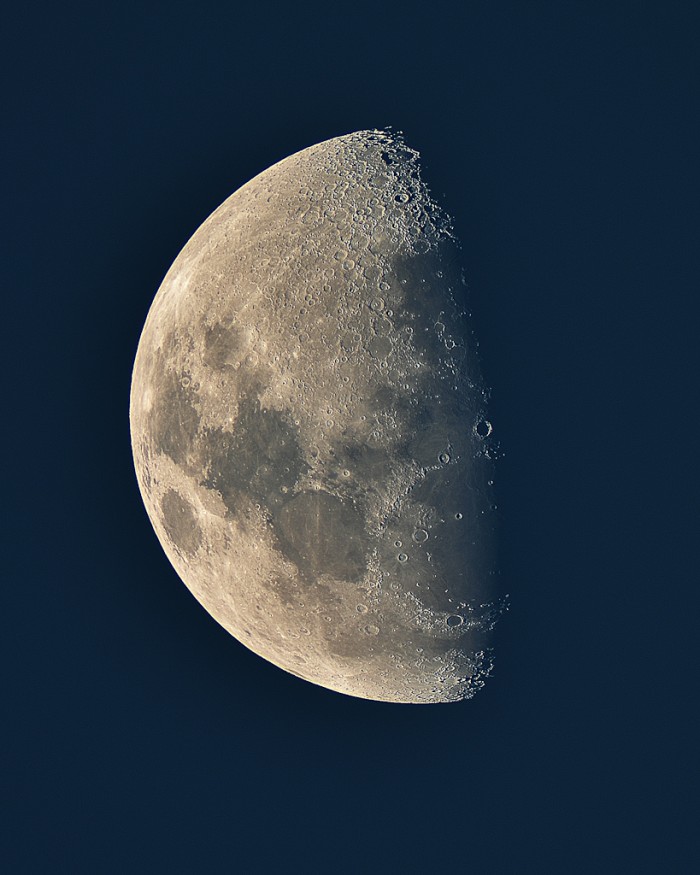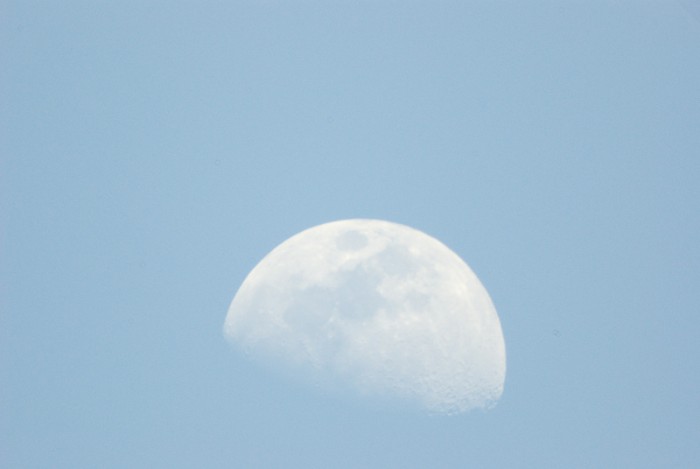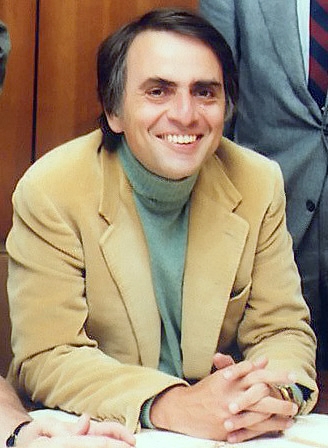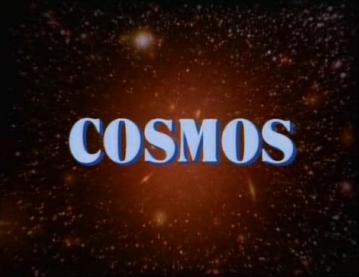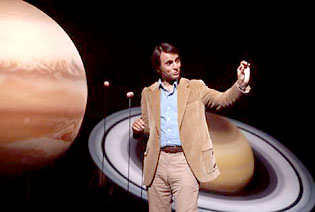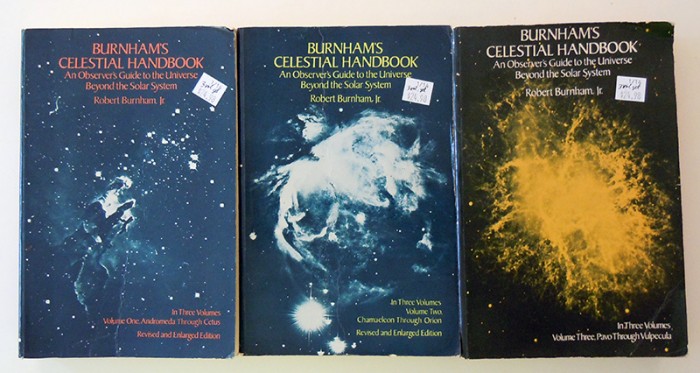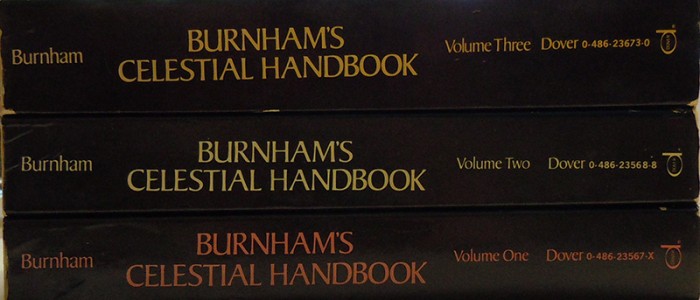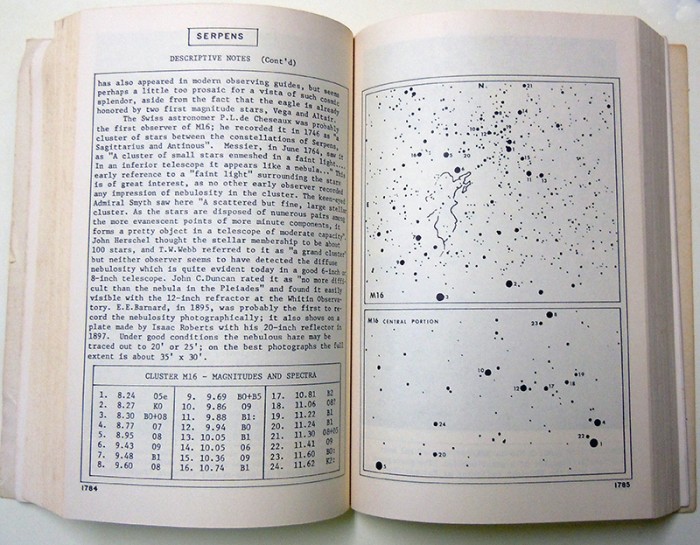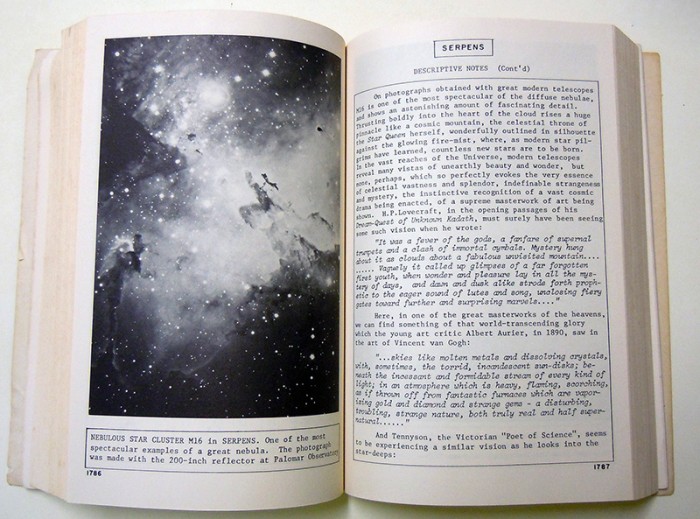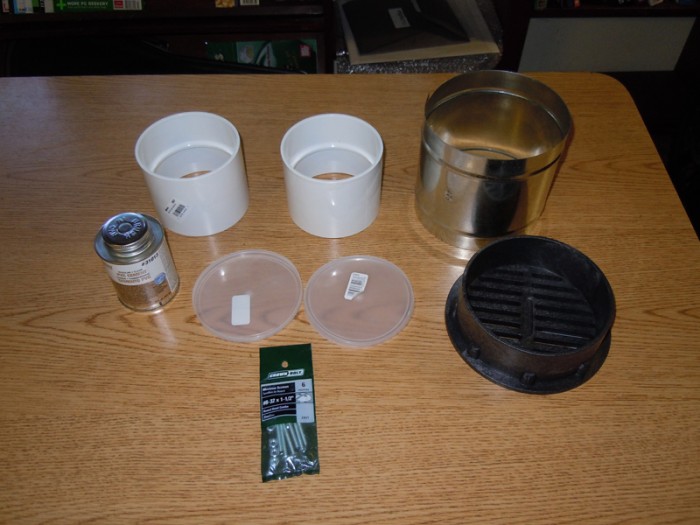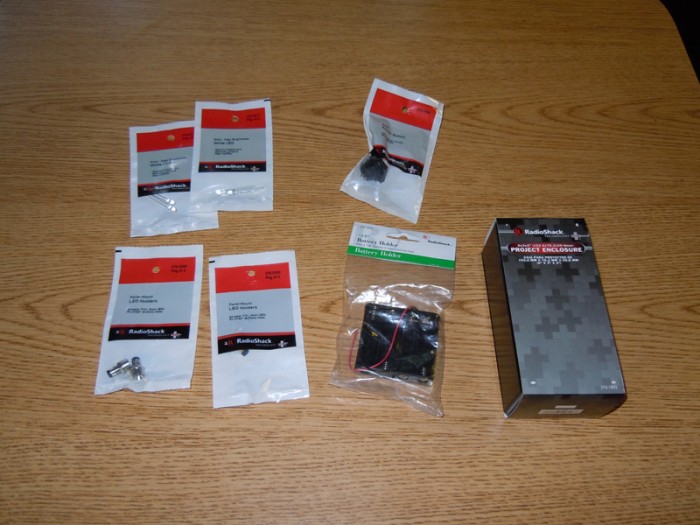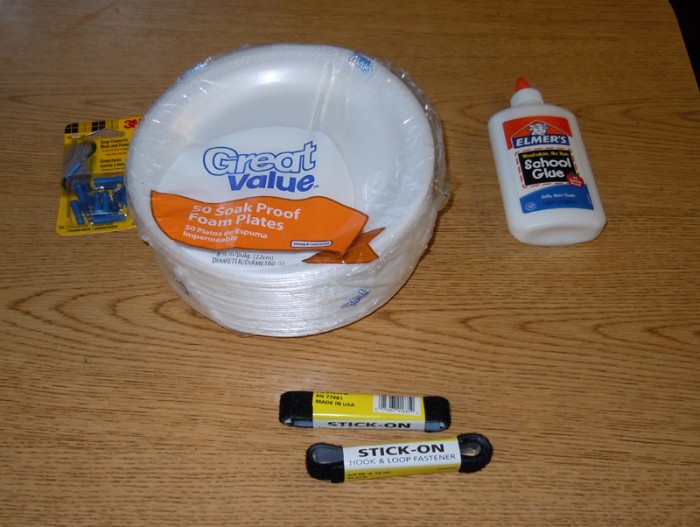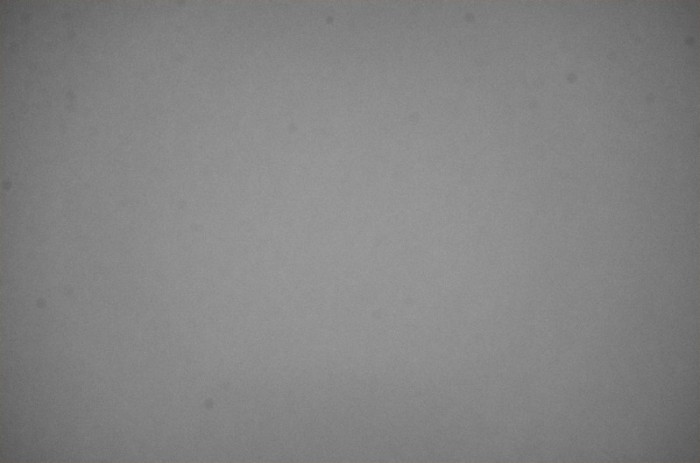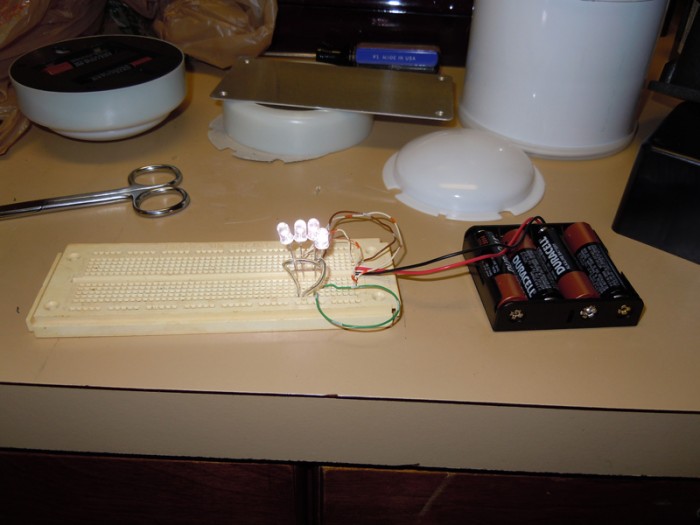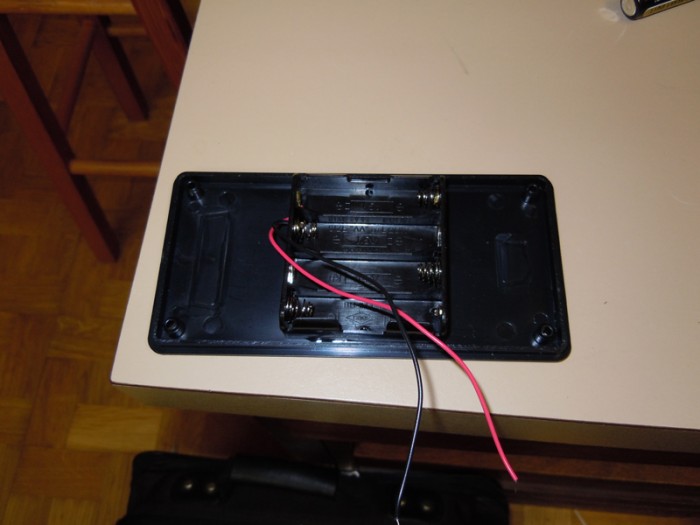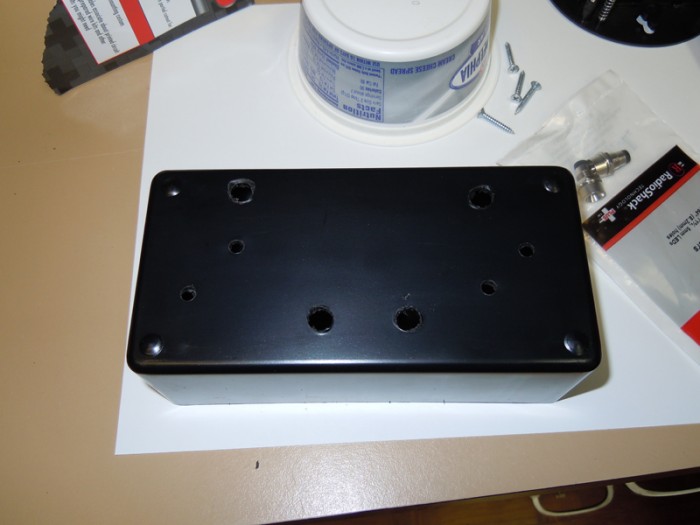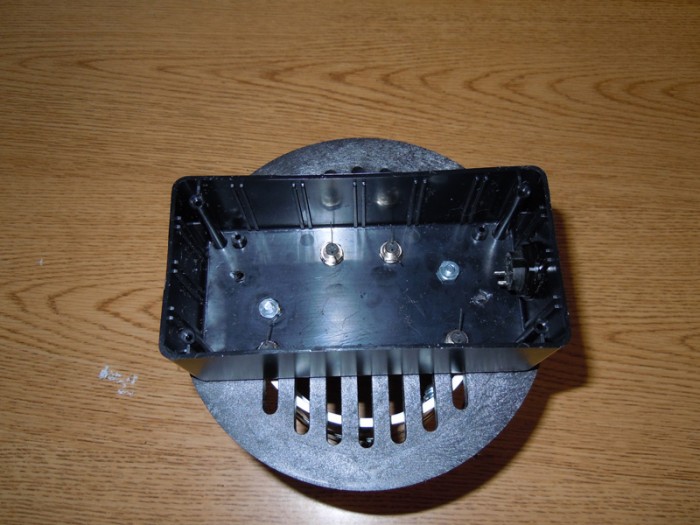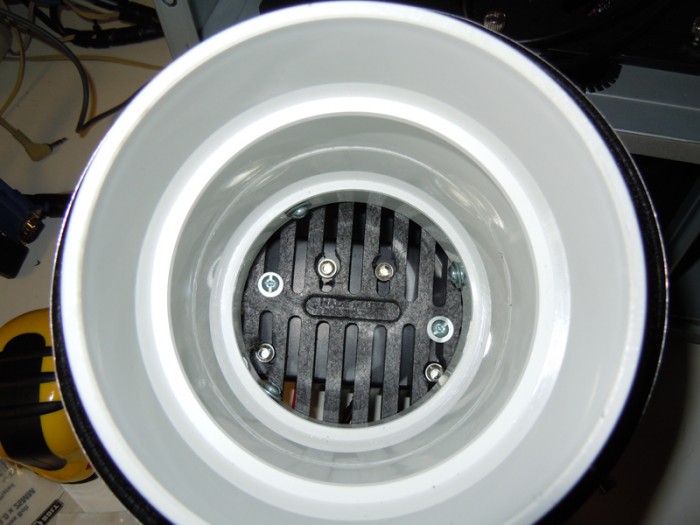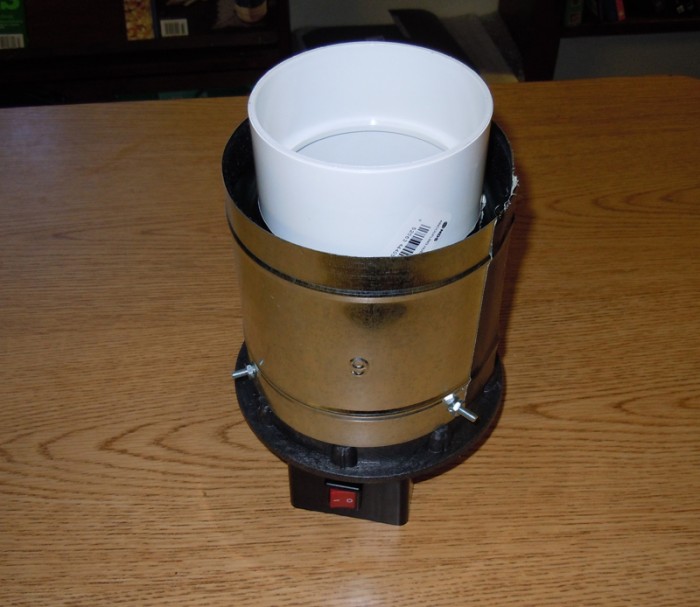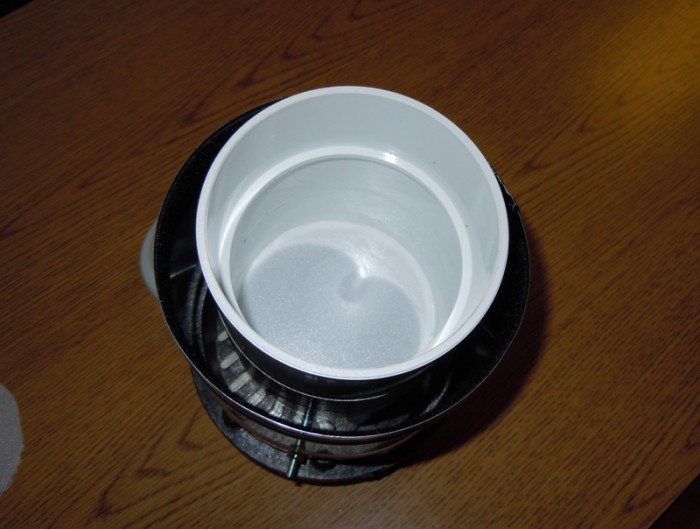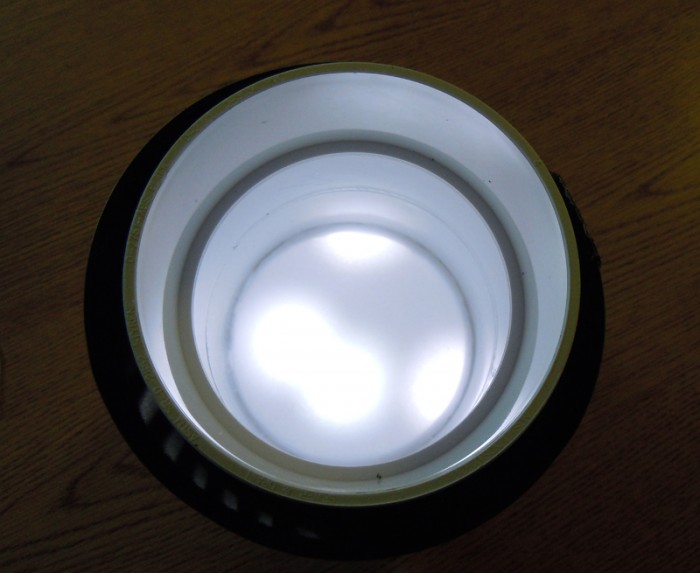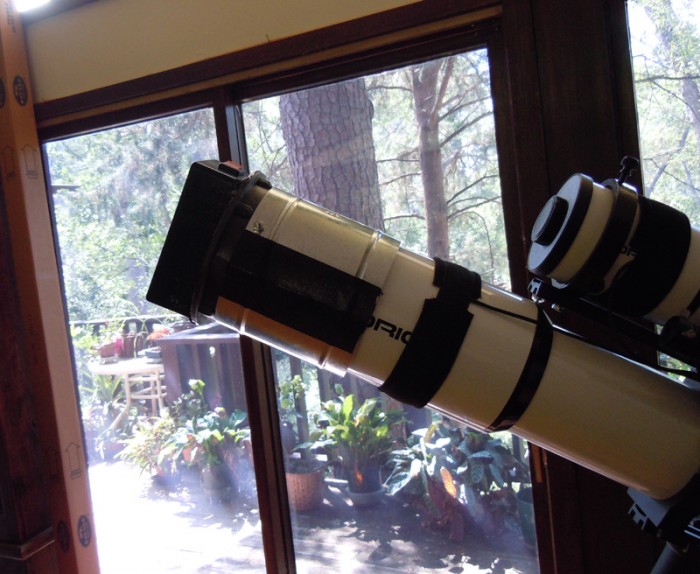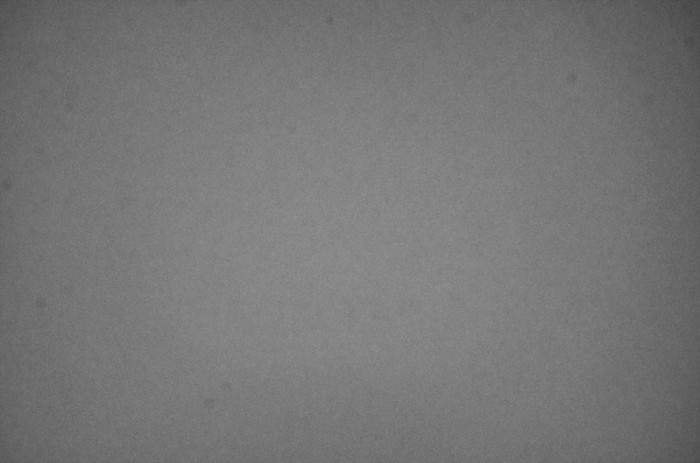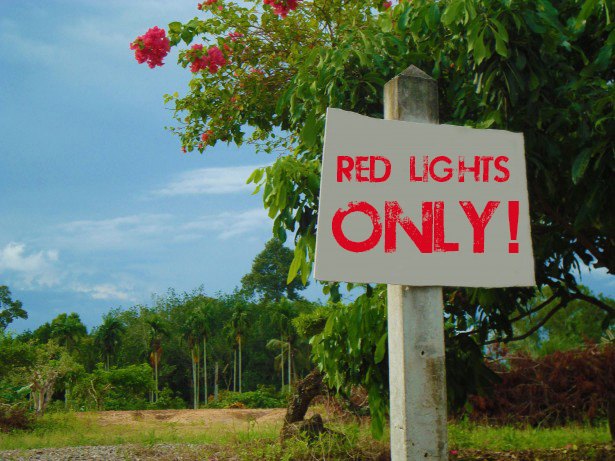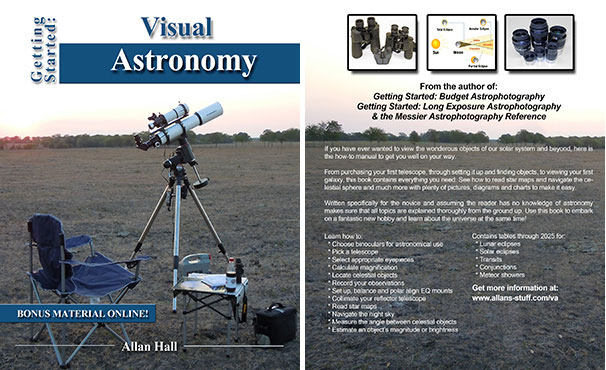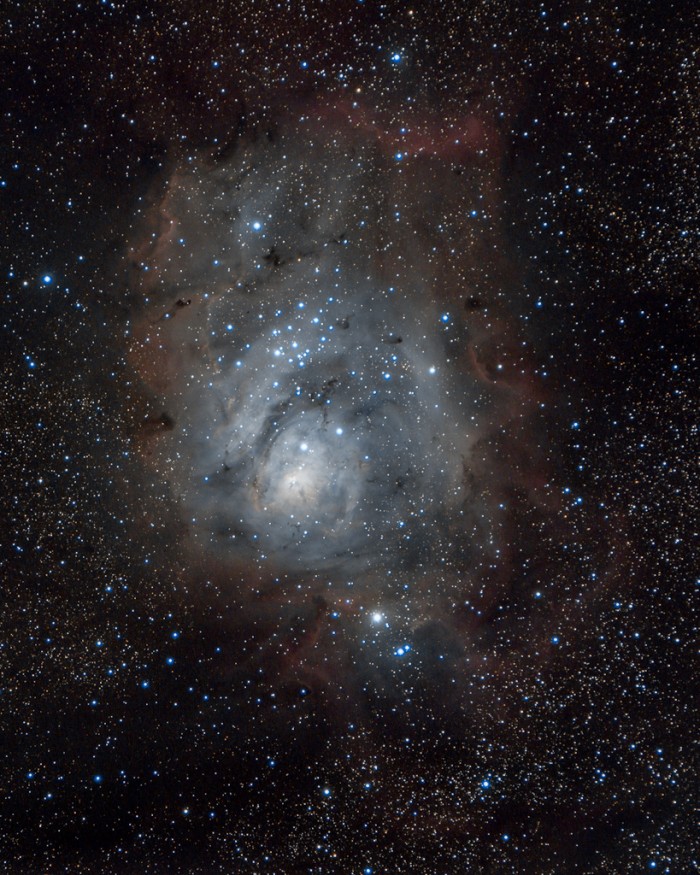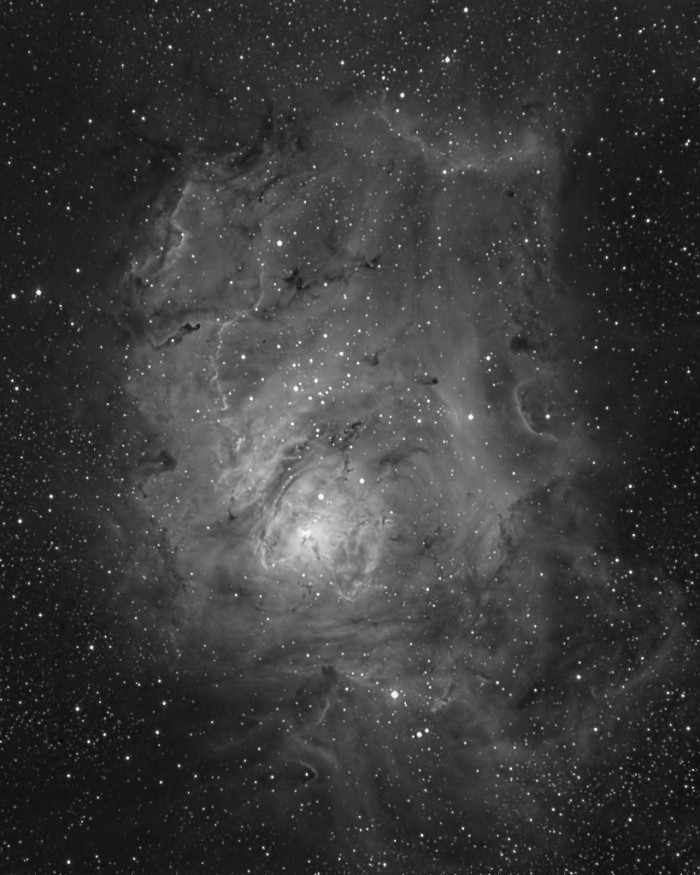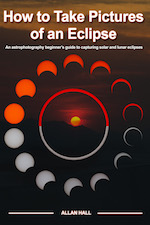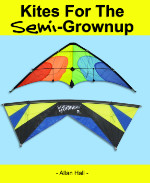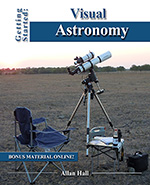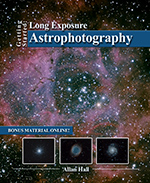Moon in daylight? You have seen it, I have seen it, it is broad daylight and there in the sky is the moon. If you stop and think about it you realize that the moon is up in the daytime just as much as it is at night, we just don’t tend to notice it. In my opinion this is a direct result of the fact that the moon has a much higher contrast at night since it is the only rock we see directly illuminated by the sun.
The picture above was taken during the day on March 31st 2012. It is a stack of images run through registack to improve detail and sharpness. Yeah, it might be a little too sharp, but that’s OK with me.
One question I always get asked is if I shot that picture in the daylight, why is the sky black? Remember that the moon is very bright, even the moon in daylight is a light gray rock being lit by the sun. The atmosphere is lit by scattered light. In order to darken the moon so that it is not just a white blur you have to reduce the amount of light hitting your camera sensor. This reduction not only darkens the surface of the moon but the sky around it as well. If you look close you will see that the sky around the moon in the above image is not really completely black although it is very dark.
In this picture you can see the blue sky, but the moon is way too bright. This is why when you take an image and want to be able to see the surface details you need to darken the image.
What does this mean if you just want to observe the moon in daylight and not take pictures? Remember that moon filter or polarizing filter you use at night? Yup, use that in the day too. The amount of sunlight bouncing off the moon is the same whether it is also shining on you (daytime) or not (nighttime).
If you don’t have one or you want a really nice one there are a few options. First you can purchase neutral density filters which simply reduce the amount of light by a specific amount. The trick is that these reduce all colors of light equally making your view darker, but still correct. You can get both a Baader Planetarium Neutral Density 2″ ND 3.0and a Baader Planetarium Neutral Density Filter 1.25″ ND 3.0 which covers either 2″ or 1.25″ needs. Note the ND 3.0 specification as there are ND 0.9 and ND 0.6 versions as well. The 3.0 is the darkest of them and if you are going to bother I would get the darkest to start with.
You could also go with a variable polarizer which can provide a similar experience. It works by removing stray light that comes in a different angle and only allowing direct rays of light. These can make for sharper images by reducing glare and stray light but often do not cut light as much as the neutral density filters listed above. They also come in both sizes as well such as the Orion 5562 2-Inch Variable Polarizing Eyepiece Filter and the Orion 5560 1.25-Inch Variable Polarizing Filter.
I enjoy viewing the moon in daylight in winter as it is much warmer. Just remember that the seeing conditions are typically worse in the day than at night. This is minimized in the winter when you have the cold crisp air but the light scattering off of particles in the air still present an inferior image in daylight as compared to night.
This still is a great way to do some outreach without having to have a group of kids and their parents tripping all over your equipment in the dark in the library parking lot. It is also a lot of fun to observe while waiting for it to get dark so you can observe or image other targets.
When you are ready to do some exploring you can use Sky & Telescope’s Field Map Of The Moon or the Sky & Telescope’s Mirror-Image Field Map of the Moon. I never go out without one of these in my astrophotography kit. These little laminated maps are fantastic for identifying features without getting so detailed as to be overwhelming.
Where do you look? Before the full moon, look in the afternoon. After the full moon, look in the morning. Regardless go outside and look up into the sky!
Share this post!





